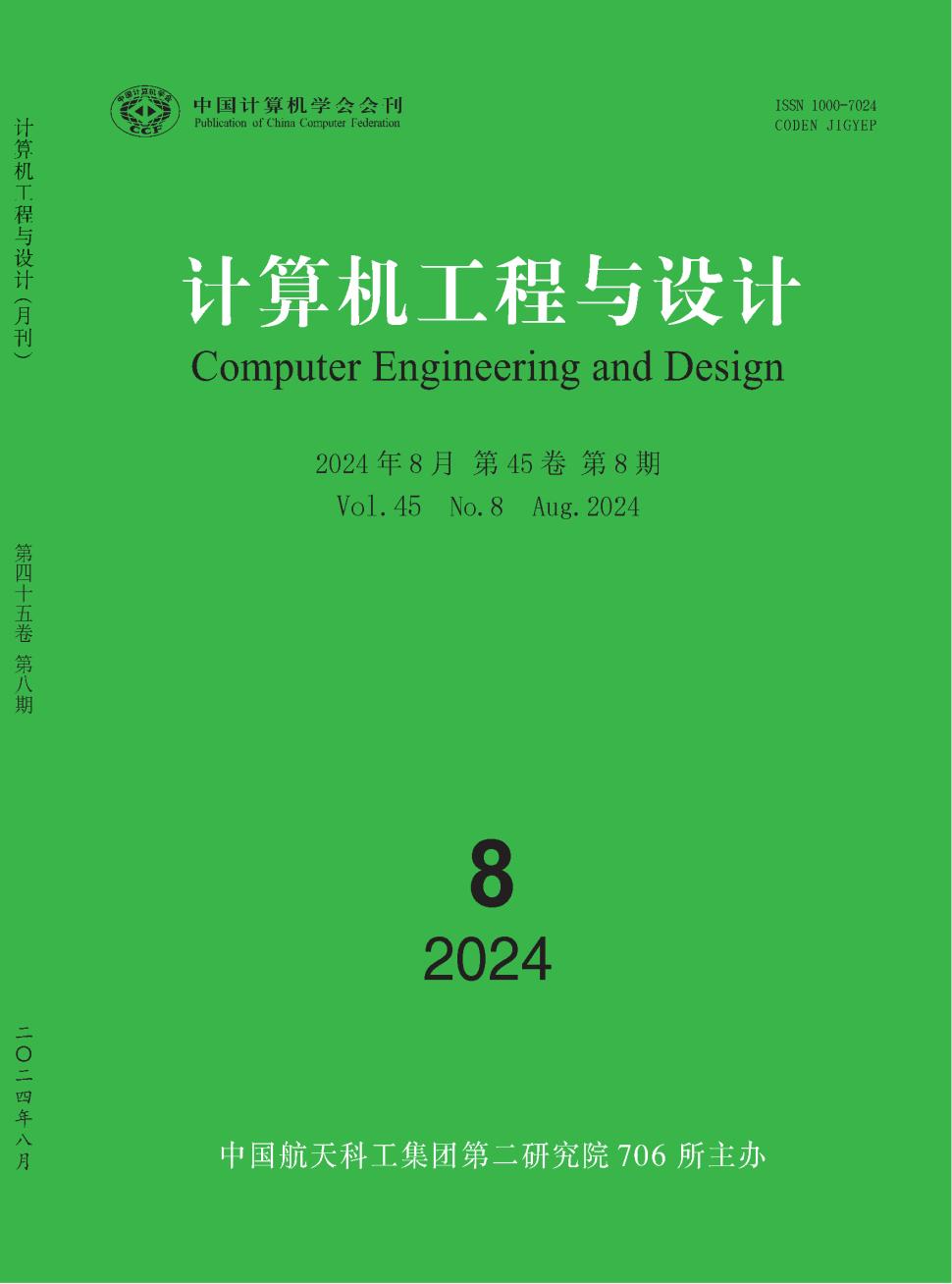Radiography Images with Transfer Learning on Embedded System
引用次数: 0
Abstract
A serious public health concern is Novel Coronavirus Disease (COVID-19), which spread quickly over the globe at the end of 2019. This coronavirus is still able to propagate rapidly even after two years. Chest X-rays are crucial for diagnosing infected individuals in the worldwide battle against this illness. Therefore, various COVID-19 quick classification technologies can provide excellent classification accuracy to help medical professionals make the best choices. Here, we propose a trustworthy, compact network that, with the aid of encouraging classification results, can correctly identify COVID-19 from chest X-rays. The experimental findings demonstrated that, in a low-power embedded system, the modified architecture of the proposed model produced excellent performance metrics for four classes. The suggested classification architecture had an overall accuracy speed of 97.67% and an f1-score of 97.64%. This classification model is better than the other classification models used to classify patients with COVID-19 infection.嵌入式系统中放射影像的迁移学习
新型冠状病毒病(COVID-19)是一个严重的公共卫生问题,于2019年底在全球迅速蔓延。这种冠状病毒即使在两年后仍然能够迅速传播。在世界范围内与这种疾病的斗争中,胸部x光片对于诊断感染者至关重要。因此,各种新型冠状病毒快速分类技术可以提供出色的分类准确性,帮助医疗专业人员做出最佳选择。在这里,我们提出了一个值得信赖的、紧凑的网络,借助令人鼓舞的分类结果,可以从胸部x射线中正确识别COVID-19。实验结果表明,在低功耗嵌入式系统中,改进后的模型体系结构对四个类别产生了优异的性能指标。所建议的分类架构总体准确率为97.67%,f1得分为97.64%。该分类模型在对COVID-19感染患者进行分类时优于其他分类模型。
本文章由计算机程序翻译,如有差异,请以英文原文为准。
求助全文
约1分钟内获得全文
求助全文
来源期刊
自引率
0.00%
发文量
20353
期刊介绍:
Computer Engineering and Design is supervised by China Aerospace Science and Industry Corporation and sponsored by the 706th Institute of the Second Academy of China Aerospace Science and Industry Corporation. It was founded in 1980. The purpose of the journal is to disseminate new technologies and promote academic exchanges. Since its inception, it has adhered to the principle of combining depth and breadth, theory and application, and focused on reporting cutting-edge and hot computer technologies. The journal accepts academic papers with innovative and independent academic insights, including papers on fund projects, award-winning research papers, outstanding papers at academic conferences, doctoral and master's theses, etc.

 求助内容:
求助内容: 应助结果提醒方式:
应助结果提醒方式:


